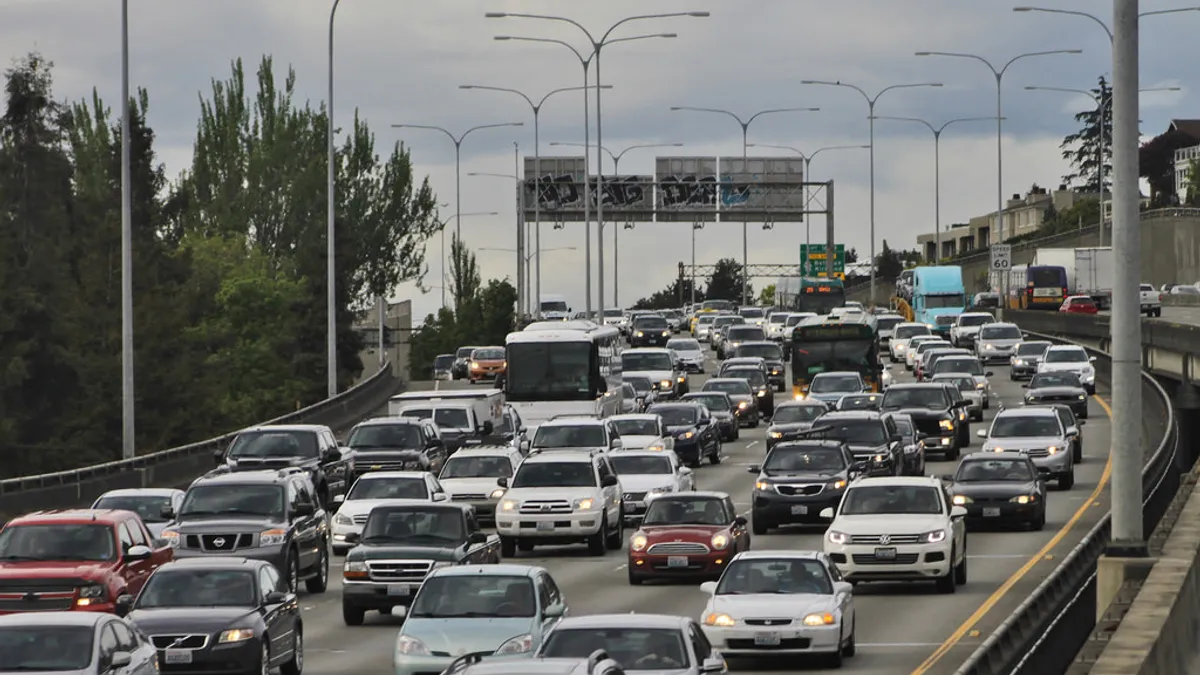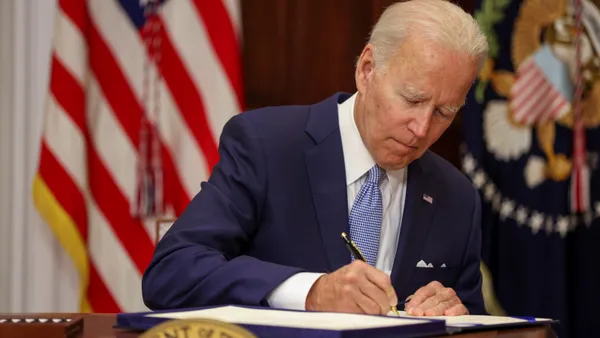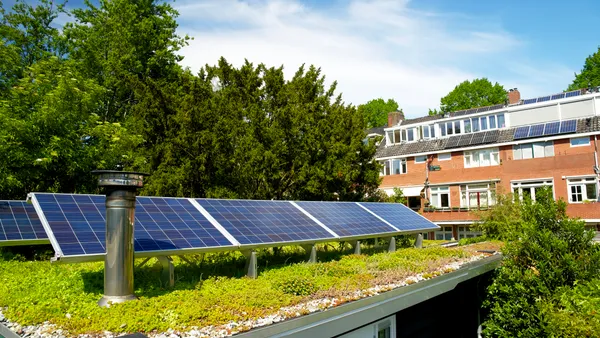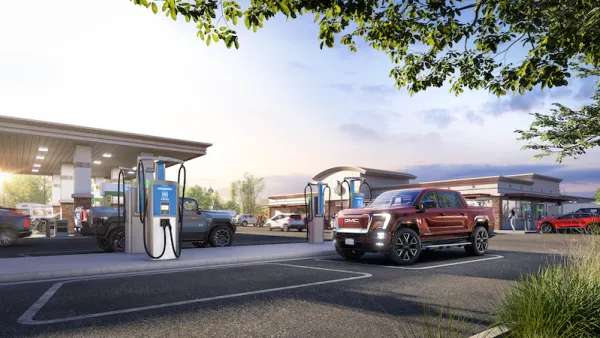Dive Brief:
- Seattle has released its first Resilience Roadmap, detailing goals and strategies for surviving and thriving through short-term and long-term challenges.
- Seattle is the fastest-growing big city in America, according to the report, expanding from 608,660 people in 2010 to 730,400 in 2018. The surge in population has brought unique risks and vulnerabilities that the city addresses in the report, including housing, poverty, and racial inequities.
- The plan contains 15 goals and 69 actions within four main areas: building opportunity, making Seattle more affordable for all, creating a city where everyone is welcome and fostering generational investments. "We are looking at ways to give everyone in our city the tools they need to access the incredible opportunities available in our city. That’s what building a city of the future is all about," said Mayor Jenny Durkan in a statement.
Dive Insight:
Seattle joins a growing number of cities devising resilience plans. This year alone, Chicago, Toronto and Miami are among the cities that released resilience plans, some through collaboration with the recently disbanded 100 Resilient Cities. Seattle participated in two years of research and planning through this partnership, but it wrote the report itself on a shortened timeline — three months — due to 100 Resilient Cities' closure, a spokesperson for the mayor's office told Smart Cities Dive via email.
The more widespread adoption of such plans — as well as more cities hiring chief resilience officers — indicates that leaders recognize the importance of advanced planning to bounce back from known and unknown obstacles. Those challenges run the gamut of acute shocks and chronic stresses and may include natural disasters, cyberattacks, terrorist attacks, economic downturns, the effects of climate change and racial tension.
The effects of Seattle's rapid economic expansion and population boom over the past decade on its resilience is a prominent theme throughout the plan. The city's reputation as a tech hub prompted significant growth, which equated to prosperity for the region. But being a magnet for highly-skilled, highly-paid employees also ushered in difficulties such as a high cost of living, a lack of affordable housing, displacement of longtime residents, homelessness and a widening income inequality.
The roadmap notes that low-wage workers are most vulnerable to those issues, and it lays out goals and actions to increase opportunities for all citizens. It emphasizes education, skills development and job opportunities, starting at a young age and continuing throughout adulthood. One section centers on preparing citizens for jobs of the future — especially as automation and the gig economy become more prevalent. Again, low-wage workers are disproportionately affected by such employment changes.
Seattle's plan highlights the importance of long-term community investments including transit and nature. Those investments play into goals related to combating climate change as well.
In addition to future goals, the plan does include some initiatives that Seattle already has undertaken to improve resilience. The document serves as a guide for where the mayor is working to take the city. It functions as both an informative, comprehensive policy approach for the mayor and a spotlight on areas of emphasis for community, nonprofit, private sector and philanthropic partnerships, the spokesperson said.












